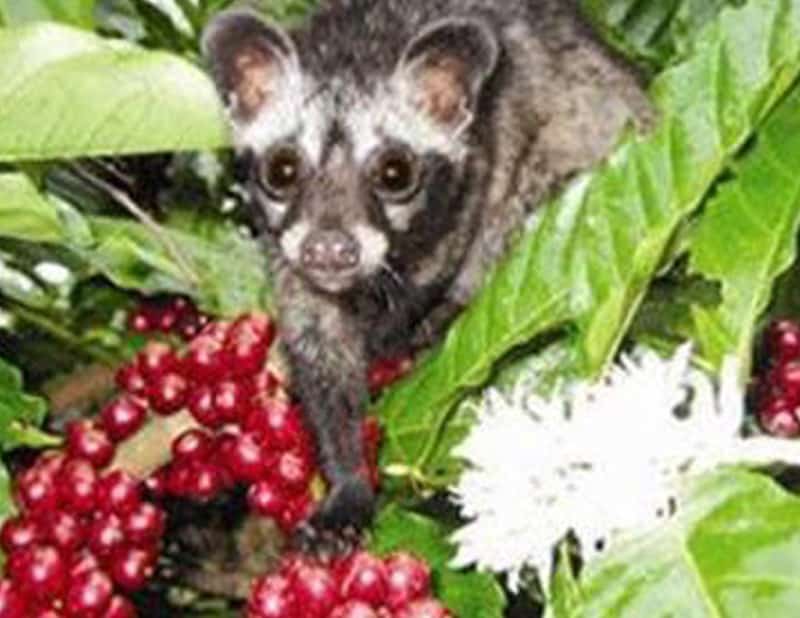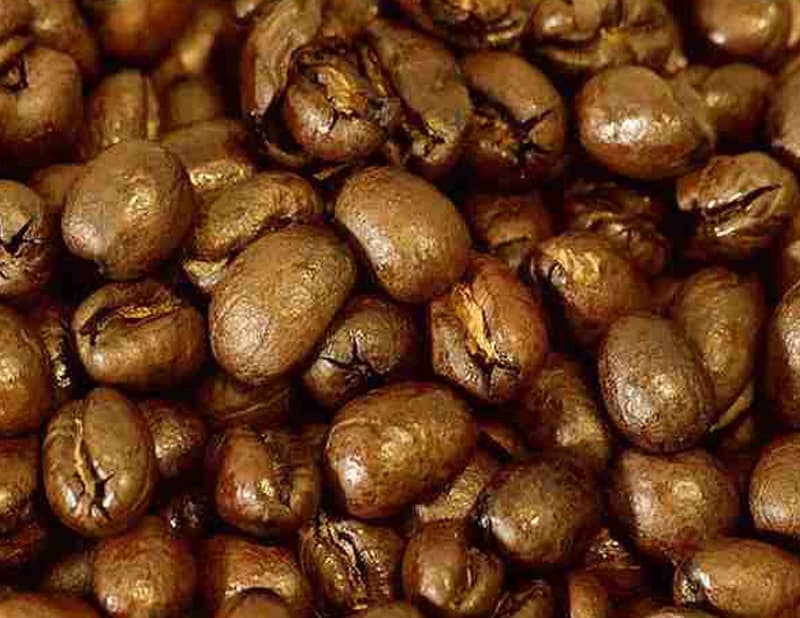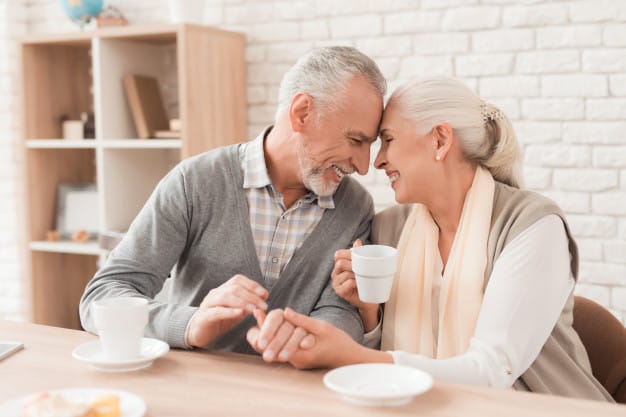
Critical coffee lovers nationwide are investing in a sweet, spicy, and clean coffee made from beans grown in a secluded part of the Indonesian mountains on the tropical island of Sulawesi. The geographic location is so remote that it takes four days of horseback riding on the hard dirt road to get into this region […]

Legend has it Kopi Luwak was discovered in Indonesia under Dutch colonial rule. During that time, native farmers and plantation workers were forbidden from harvesting coffee for their own use from the cash-crops and were left to scrounge around the plantations. The civet cat eats only the ripest of coffee cherries and passes the seeds—the […]

Well you definitely can’t make soup or pie with it but you can brew a delicious cup of coffee! Looking at a typical coffee bean you will see it is flat on one side but round on the other. Normally inside each coffee cherry there are two beans or seeds that face each other on […]

If you’ve looked at the weather lately, you’ve probably noticed the heat wave! In New Jersey, we have been sweltering with temperatures nearing one hundred degrees, and in places of the earth closer to the equator, temperatures have soared even higher. If you know a little about coffee, you know that it grows best in […]

How much do you enjoy that morning cup of coffee? Research shows you should continue drinking the world’s most popular beverage plus add a few more cups throughout the day! Not only does coffee have high levels of antioxidants and nutrients, vitamins like B12, B5 and B3, it is also quite healthy for the aging […]

















